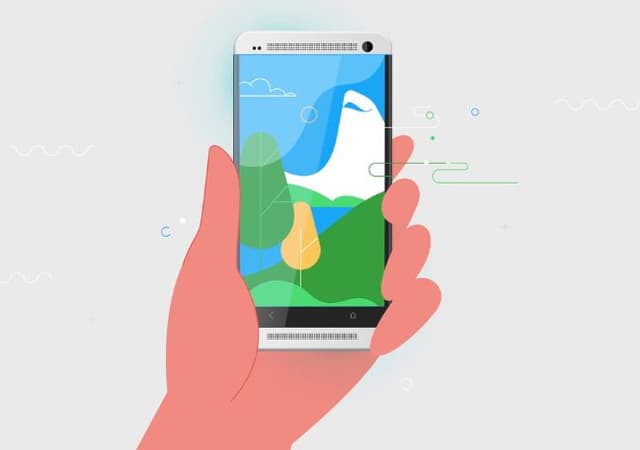
Designing Phones of the Future
Lesson3 of 3 in this unit
PrimaryYear 5 - 6ScienceHumanities and Social SciencesBusiness and EconomicsTechnologyDesign and TechnologiesEnvironmentalRecyclingSustainabilityEconomicDesign ThinkingIndustry, Innovation and Infrastructure
Summary
Lesson guides and printables
Lesson Plan

Student Worksheet

Teacher Content Info

Visual Explainer
